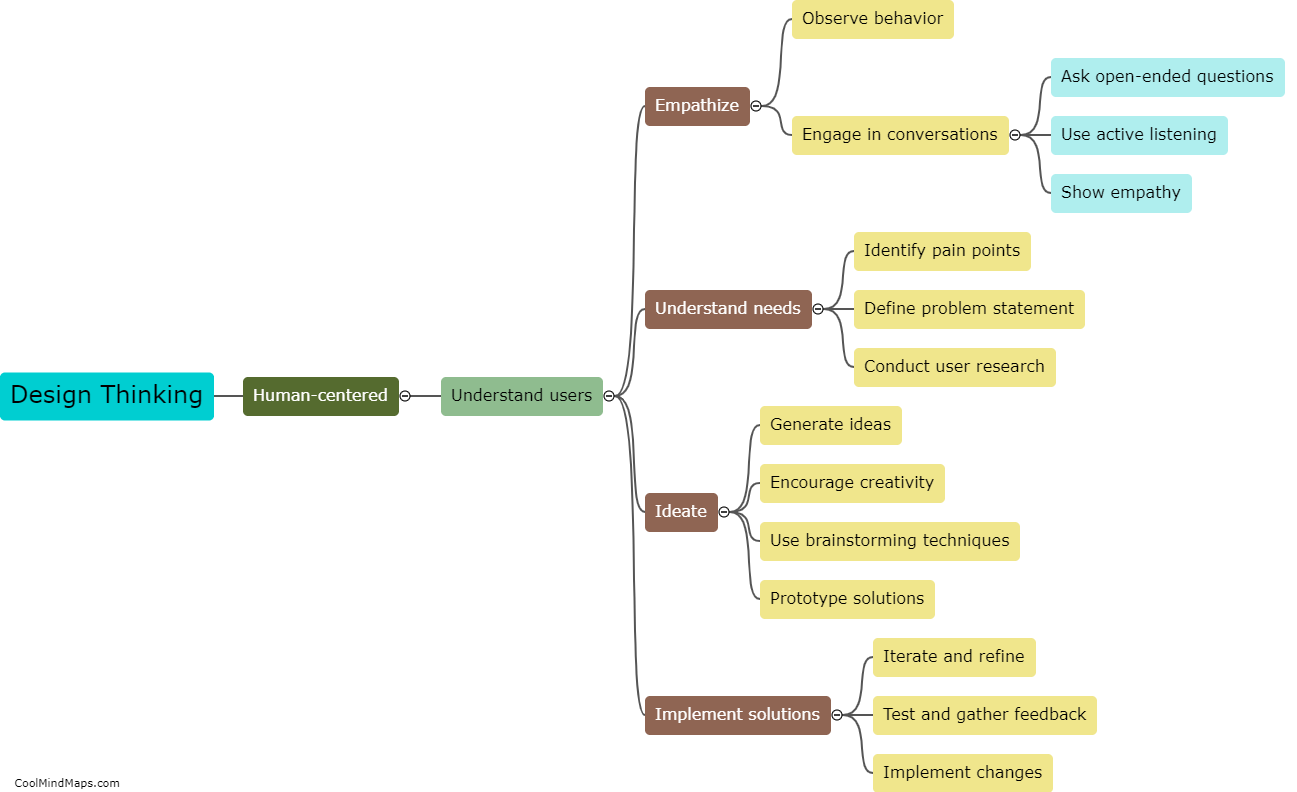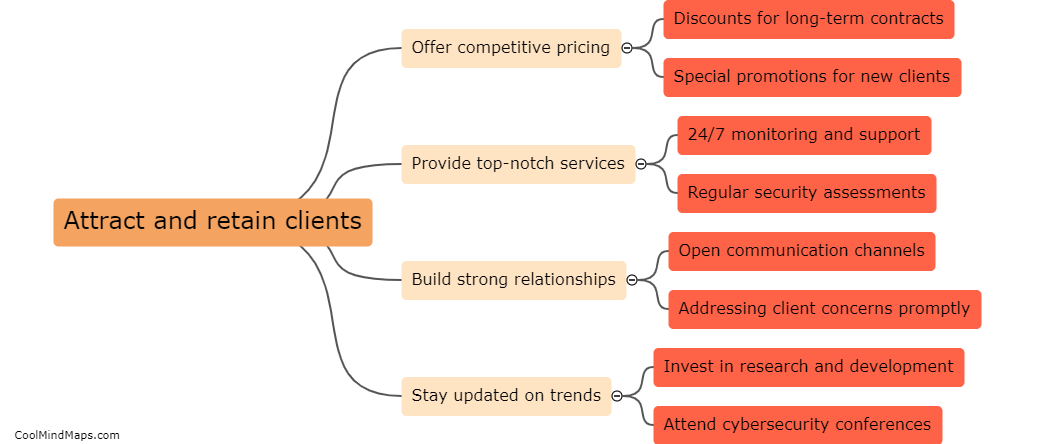What are the key principles of design thinking?
Design thinking is a problem-solving approach that embraces creativity and innovation to develop effective solutions. There are several key principles that guide the practice of design thinking. Firstly, it emphasizes a human-centered approach, placing the needs and perspectives of users at the forefront of the design process. Secondly, design thinking encourages empathy, urging designers to deeply understand and empathize with the experiences of their users. It also promotes a collaborative and interdisciplinary approach, bringing together diverse expertise and perspectives to generate and refine ideas. Additionally, design thinking encourages an iterative and prototyping mindset, constantly iterating and refining designs based on feedback and testing. Finally, it emphasizes a bias towards action, with designers actively prototyping and testing ideas rather than relying solely on theoretical or analytical approaches. These principles collectively enable designers to develop innovative and meaningful solutions that address the complex challenges of today's world.

This mind map was published on 23 January 2024 and has been viewed 73 times.











